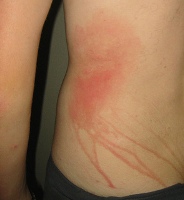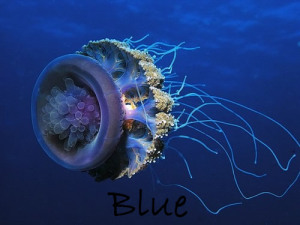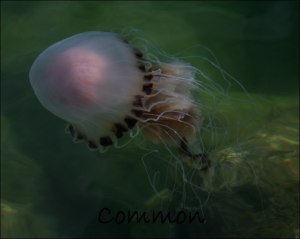I’m sure most of ye have seen a jellyfish washed up on the beach or close by when you’re out in the water… I have! but I knew feck all about them, so I did a bit of research. Hopefully the info below will be of use to anyone venturing to the coast this Summer.
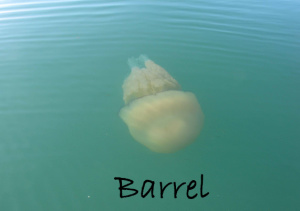 Rinse the affected area with saltwater to dislodge the stinging cells, remove any remaining tentacles with a gloved hand, stick, shell or tweezers and immerse the stung area in the hottest water available which will not scald the skin. Many experts recommend using vinegar to neutralise the poison. Urine does not work and can actually aggravate the jellyfish’s stingers into releasing more venom!
Rinse the affected area with saltwater to dislodge the stinging cells, remove any remaining tentacles with a gloved hand, stick, shell or tweezers and immerse the stung area in the hottest water available which will not scald the skin. Many experts recommend using vinegar to neutralise the poison. Urine does not work and can actually aggravate the jellyfish’s stingers into releasing more venom!
Believe it or not Ireland has five indigenous jellyfish species: Barrel, Blue, Common (Moon), Compass, and Lion’s Mane! The majority of jellyfish have preferred habitats:
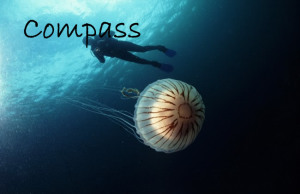 The Barrel jellyfish forms enormous blooms every year off Rosslare and Wexford Harbours, the Lion’s Mane jellyfish prefers the cooler waters of the Irish Sea and especially the waters off Dublin. Even the Common jellyfish, which is the most widespread species, seems to prefer harbours and estuaries, the Blue jellyfish and, in particular, the Compass jellyfish are found in highest numbers off the south and west coasts.
The Barrel jellyfish forms enormous blooms every year off Rosslare and Wexford Harbours, the Lion’s Mane jellyfish prefers the cooler waters of the Irish Sea and especially the waters off Dublin. Even the Common jellyfish, which is the most widespread species, seems to prefer harbours and estuaries, the Blue jellyfish and, in particular, the Compass jellyfish are found in highest numbers off the south and west coasts.
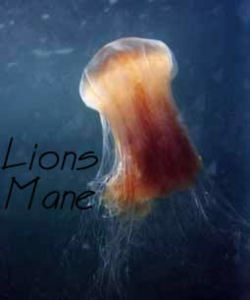 All jellyfish have stinging cells so if you see them on the beach leave them well alone! even if the jellyfish looks dead the primitive stinging cells may still be alive and working.
All jellyfish have stinging cells so if you see them on the beach leave them well alone! even if the jellyfish looks dead the primitive stinging cells may still be alive and working. 
The Portuguese Man O’War are potentially lethal and are sometimes found around the Irish coastline! They’re a tropical species and it’s only after a long duration of persistent southwesterly winds that they wash up around our coast. If you see them keep well away.

